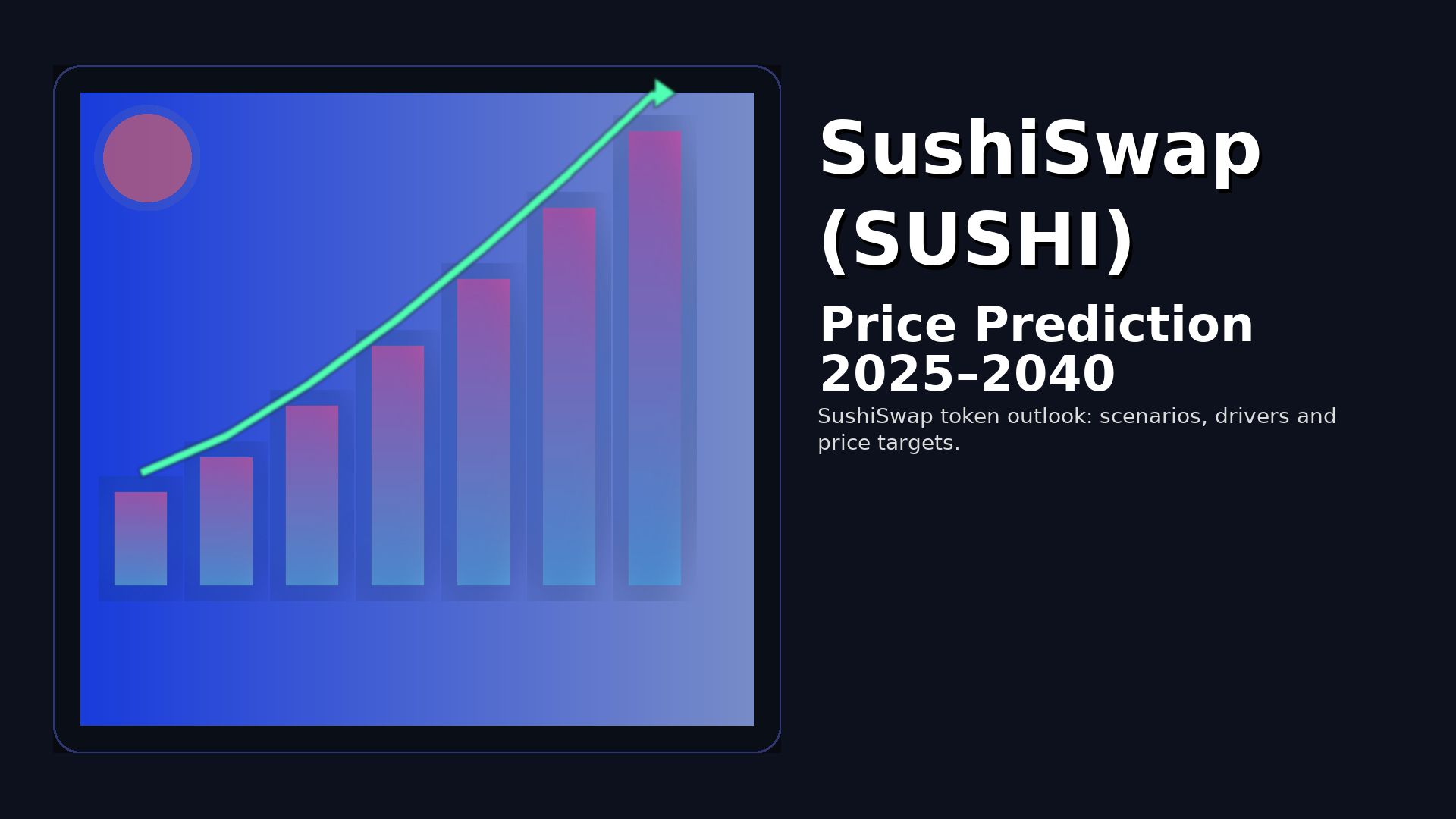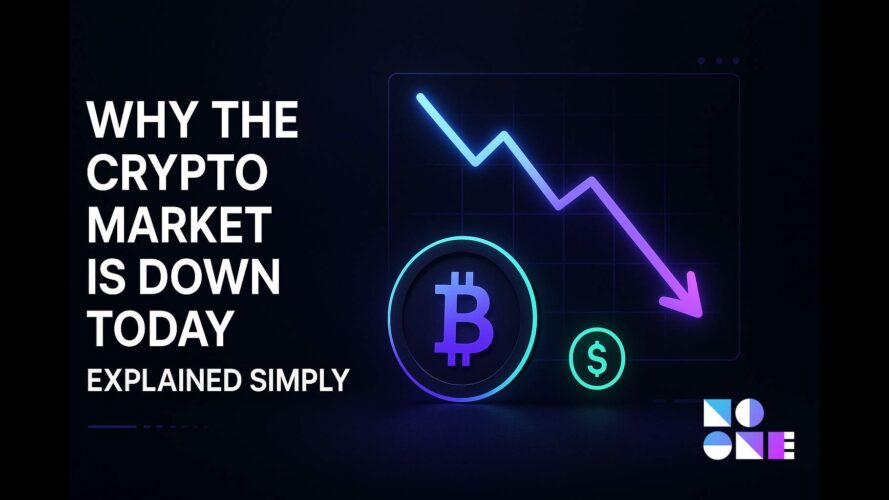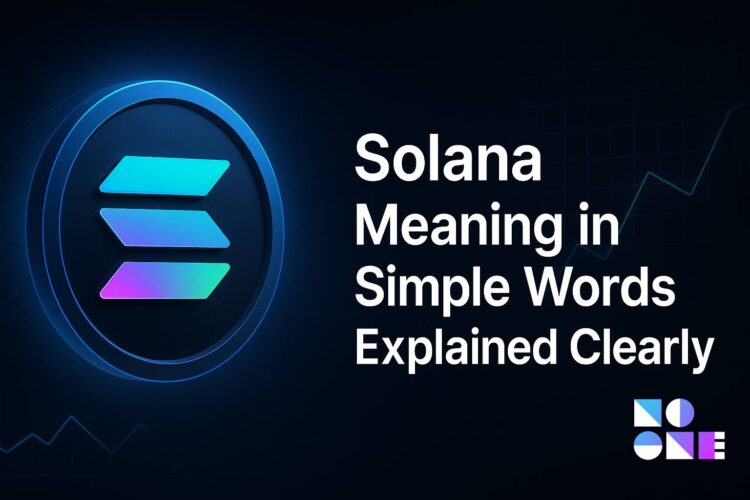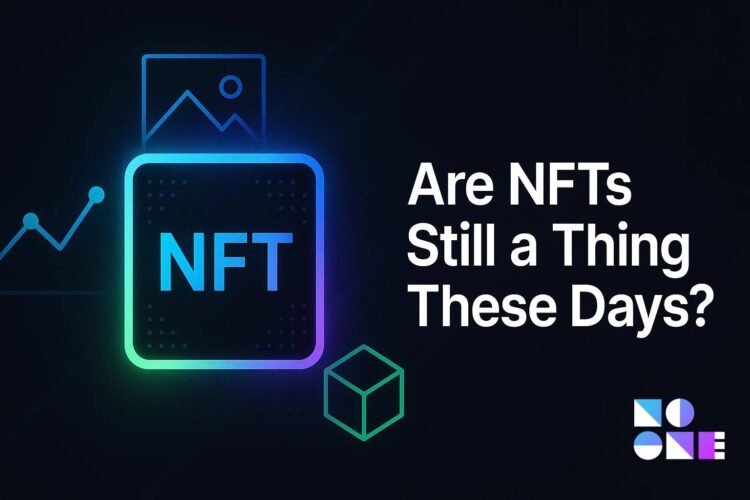SushiSwap (SUSHI) Price Prediction 2025–2040
Disclaimer: The purpose of this post is educational. It is not advice. Do your own research before you invest.
Introduction
This is a SushiSwap price-forecast piece. Is SUSHI worth watching in 2025, 2027, 2030, 2035, and 2040? What might the token be worth then and what return would a buyer today achieve? Below you’ll find a logical set of scenarios, a compact prediction table with ROI for each target date, and a short review of SushiSwap’s product suite, token economics and recent price drivers.
SushiSwap (SUSHI) is available in Noone Wallet; safely store, buy, exchange, send, and receive it while maintaining complete ownership of your private keys.
What is SushiSwap (SUSHI)?
SushiSwap is a multi-chain decentralized exchange (DEX) and DeFi suite that began as a Uniswap fork and evolved into a full ecosystem. Key on-chain products include:
- AMM swap engine (core swap functionality)
- BentoBox — a token vault / “operating system” for composable apps
- Kashi — isolated lending markets
- Onsen — liquidity mining & reward programs
- Trident — second-generation AMM designed for higher capital efficiency
SUSHI is the native token used for governance and can be staked (SushiBar / xSUSHI) to earn protocol revenues. These products form the basis of SUSHI’s token utility and on-chain demand.
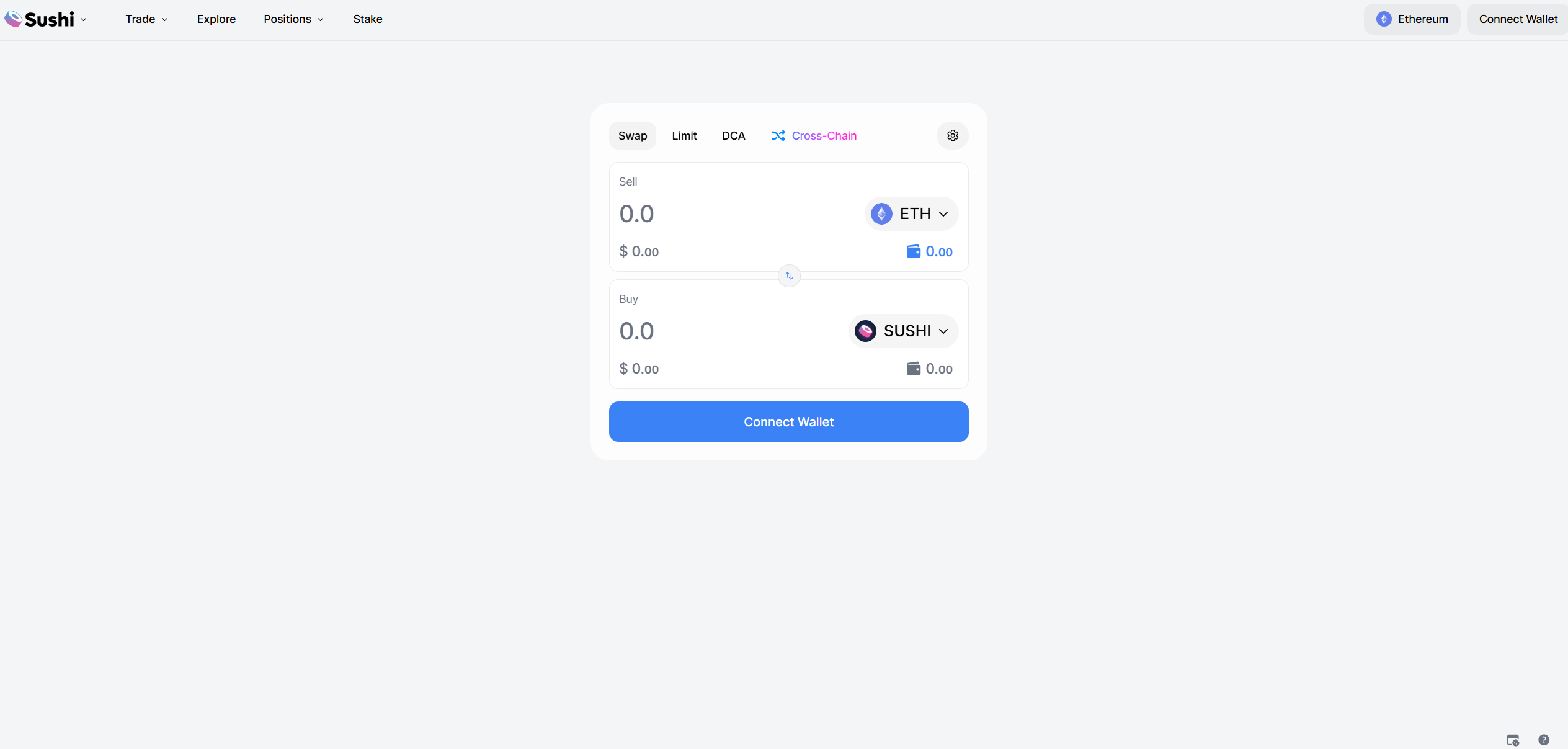
Why these products matter for price
Sushi’s diverse product set means SUSHI demand can come from:
- fee capture (staking / xSUSHI),
- governance activity,
- liquidity mining rewards (Onsen), and
- ecosystem growth (apps built on BentoBox/Trident).
Usage across these products and multi-chain liquidity are the fundamental drivers of long-term appreciation.
SUSHI Price Prediction — table & scenarios
Base price applied to ROI calculations: $0.6764 (Oct 1, 2025 snapshot). ROIs rounded to two decimals.
Price forecasting table
Year | Price prediction (USD) | ROI vs $0.6764 |
|---|---|---|
2025 | $1.00 | +47.84% |
2027 | $0.80 | +18.27% |
2030 | $2.50 | +269.60% |
2035 | $5.00 | +639.21% |
2040 | $12.00 | +1,674.10% |

Short explanation of each target
2025 — $1.00 (near-term catalyst)
Possible catalysts: DeFi risk-on flows, increased TVL across chains, a major CEX/listing or partnership, or on-chain metrics improvement. SUSHI historically reacts strongly to higher protocol revenue and aggressive liquidity-mining initiatives.
2027 — $0.80 (post-cycle consolidation)
After initial rallies, price can retrace as markets digest supply shifts, rotations of incentives and competitor moves. This scenario assumes steady product usage but intensified AMM competition, producing only modest net gains versus today.
2030 — $2.50 (mass adoption & capital-efficiency)
If Trident and BentoBox materially increase fee capture and capital efficiency, attracting persistent LP capital, Sushi could re-rate meaningfully. This implies Sushi becomes a sustained multi-chain liquidity hub with significant protocol revenue.
2035 — $5.00 (enterprise & developer adoption)
Reaching this level assumes Sushi becomes a go-to DeFi infrastructure layer (strong BentoBox ecosystem, significant Kashi lending volumes, deep concentrated-liquidity pools). Institutional on-chain usage and rising protocol revenue would support a multi-dollar SUSHI.
2040 — $12.00 (stretch case)
A long-term bullish outcome where Sushi is a major DeFi primitive with extensive integrations and reliable fee streams. Achieving this requires durable competitive advantages and favorable macro tailwinds.
Price analysis — historical perspective & recent catalysts
Historical behaviour
SUSHI has experienced large swings correlated with DeFi cycles: strong upside during DeFi manias and steep retracements when liquidity falls. Earlier multi-dollar ATHs show speculative upside during bull runs; conversely, corrective periods produced dramatic pullbacks. For full candles use TradingView / CoinMarketCap.
Recent on-chain & product catalysts
- Trident / BentoBox adoption: greater capital efficiency and developer activity could increase fee capture and LP returns.
- Multi-chain liquidity: Sushi’s presence across Ethereum, Polygon, Arbitrum, Optimism, Avalanche, Fantom, etc., diversifies liquidity sources but links SUSHI to chain-specific TVL fluctuations.
- Incentives & Onsen changes: liquidity-mining menus materially affect TVL and token velocity in the short term.
Token mechanics
- Staking (SushiBar / xSUSHI): stakers receive a share of protocol revenue; strong staking uptake can reduce circulating sell pressure.
- Governance / treasury activity: DAO proposals, treasury use, and potential buyback/fee-capture policies influence long-term token dynamics. Monitor on-chain treasury and governance proposals.
FAQ
Is SUSHI a worthwhile investment?
This is not investment advice. SUSHI has layered DeFi utility, governance and fee capture, but remains exposed to macro crypto cycles, AMM competition and protocol execution risk. Consider your risk tolerance and investment horizon.
What are the key risks?
- Competition from other AMMs (Uniswap v3, Curve, Balancer, new Trident-like architectures)
- Weak TVL and low protocol fee income relative to expectations
- Regulatory risk impacting DeFi or on-chain reward programs
What would improve SUSHI’s prospects?
Durable protocol fee growth, mass developer adoption of BentoBox/Trident apps, effective liquidity programs that permanently raise TVL, and higher long-term staking participation (xSUSHI).
Where to see live data and charts?
CoinGecko, CoinMarketCap, TradingView and major exchanges for live prices and historical candles. Use TokenTerminal and Sushi docs/dashboard for protocol revenue and TVL metrics.
Conclusion
SushiSwap is a mature DeFi protocol with a broad product set. Short-term price moves will be driven by TVL flows, incentive changes and on-chain revenues. Medium- and long-term outcomes depend on Sushi’s ability to sustain developer activity on BentoBox/Trident, capture fees and convert those revenues into durable staking economics. Use the scenarios above as structured possibilities — not probabilities — and compare them against current on-chain metrics when making judgments.
You can store, buy, exchange, send, and receive SushiSwap (SUSHI) securely with Noone Wallet — your keys, your crypto, with 1,000+ supported assets.
Sources & further reading
- CoinMarketCap — circulating supply & market cap pages
- SushiSwap docs (BentoBox, Kashi, Trident)
- TokenTerminal — protocol revenue & TVL dashboards
